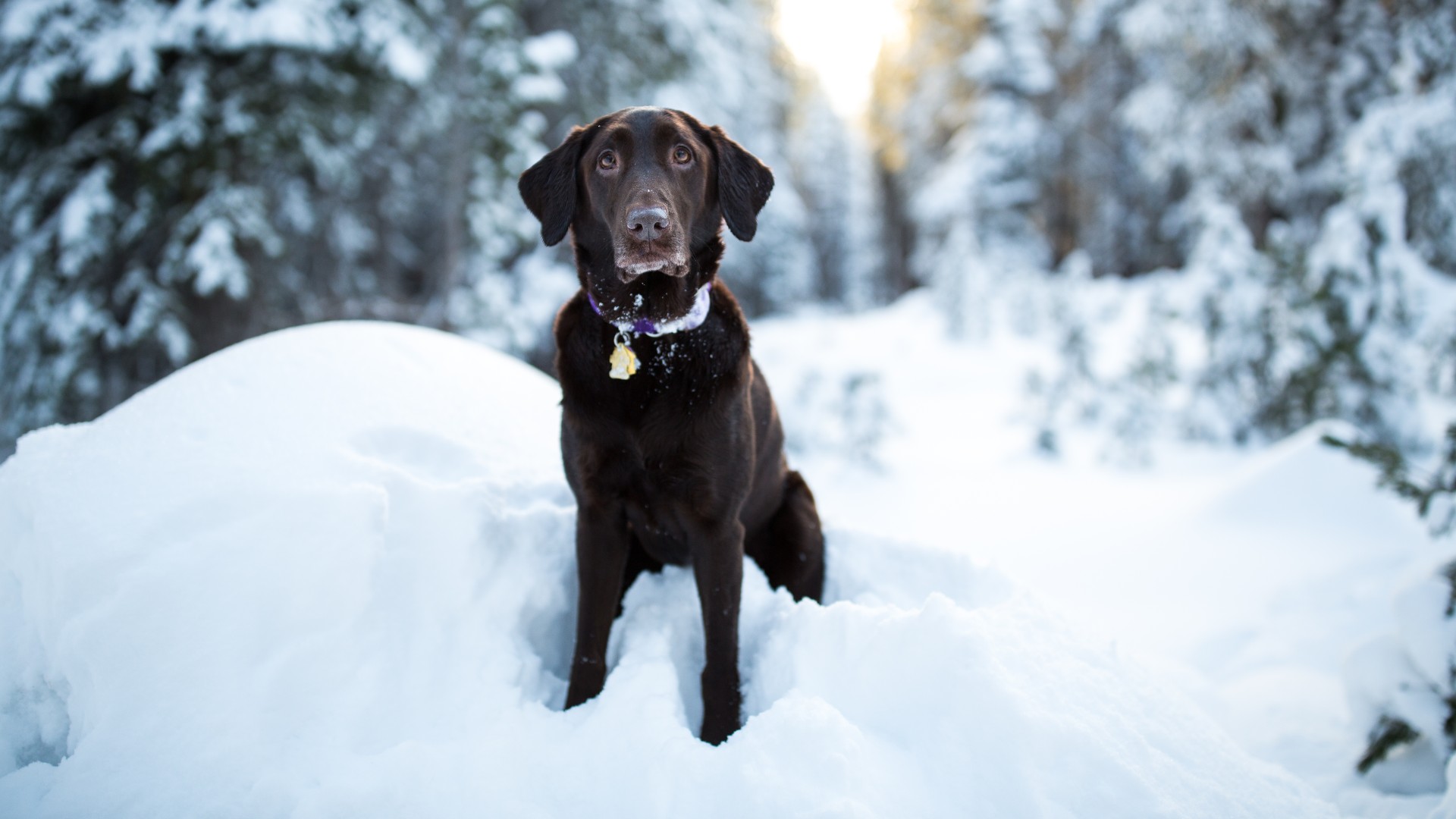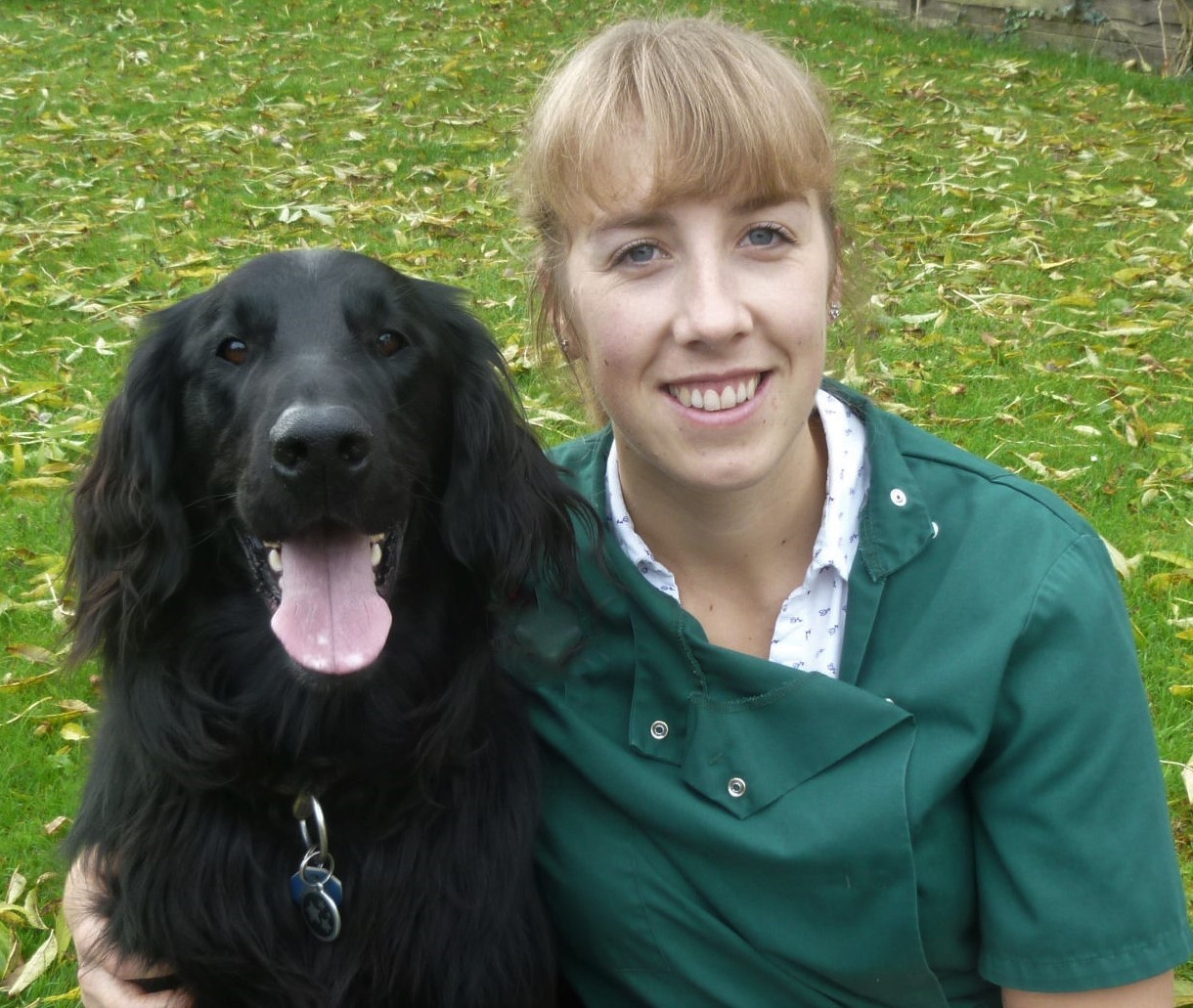Why are my dog's ears cold? A vet's guide
If your dog's ears are cold then read on to find out the reasons why this might be!

You are stroking your furry friend and giving him a general fuss when suddenly you realise, your dog’s ears are cold! There is such a variation between the ears of different dogs, some are hairy, some are floppy, and some are small and pointy, but they all share something in common, their distance from the heart.
The ears are referred to as an extremity because they are the end part of the body, just like the toes and tail, and one of the furthest points away from your dog’s heart. This means they are more susceptible to changes in temperature.
- Do dogs get cold? How cold is too cold for dogs in winter
- How to keep a dog warm outside: 7 tips for cold weather
Why are my dog's ears cold?
Just like us, the temperature of your dog’s extremities can change for a number of reasons.
Lack of hair on his ears
Certain breeds are less hairy than others and some don’t have much fur covering their ears. These animals may be more susceptible to the effects of cooler outdoor temperatures meaning their ears feel cold after coming in from a walk. Many people get cold ears and noses like this too, so it isn’t necessarily a cause for concern.
Size and age
Size and weight can impact how quickly an animal gets cold, with slender breeds like whippets or greyhounds having very little fat cover. Similarly, very old or very young animals may not be as good at regulating their body temperature. Provide a suitable dog coat for these types of pets and avoid prolonged exposure to the cold.
Temperature
If it’s cold outside and you’ve just been for a walk with your dog, then it’s only natural they may feel a little cool to the touch. This is especially the case if their ears have been flapping in the breeze during a run around at the park or if they're brave enough to still go swimming in the winter months!
Hypothermia
When body temperature drops too low this is called hypothermia. Examples, where this could happen, include prolonged submersion in freezing water or being lost or injured in cold weather. Signs of hypothermia include slow pulses, disorientation and collapse.
Get the best advice, tips and top tech for your beloved Pets
Circulation issues
If a dog’s circulation is poor then the parts furthest away from the heart such as his ears, tail and toes may feel cold to the touch. Poor circulation can happen when the heart is no longer pumping blood around the body effectively.
Hypothyroidism
Animals that have low levels of thyroid hormones can have issues with their metabolism and symptoms such as feeling cool to the touch. They may also be lethargic, prone to weight gain and have issues with their skin and fur.
Shock
When shock occurs, the body diverts blood supply to major organs to try and keep the dog alive, meaning extremities start to feel cold. Examples of this include hypovolaemic shock (through either external or internal blood loss) and distributive shock in animals suffering from severe infections or illnesses such as parvovirus.
Diagnosing causes of cold ears in dogs

For most animals, cold ears are nothing to worry about if they are otherwise acting normally. If your dog’s overall body temperature is a little low due to cold weather then he may shiver, curl in a ball or seek warmth in his bed or next to a radiator until he’s back to normal.
If, however, your pet is injured, seems lethargic, disorientated or has a change in appetite then a trip to the vet is in order.
Your vet will start by examining your pet, assessing its mental status, and checking its temperature. They will also listen to their heart for any obvious issues and look for any signs of dehydration or injury. Depending on their findings they may suggest some further tests.
Blood tests can help assess for underlying illnesses such as hypothyroidism, but also conditions affecting the kidneys and liver. If a heart problem is suspected, then x-rays and ultrasound scans can be used to explore things further.
Treatment will depend on the results of these tests.
How to take your dog's temperature
It can be useful to know how to take your dog’s temperature, especially if you think they are more at risk of getting chilly in winter weather. A normal dog should have a temperature of around 37.9 – 39.9C.
How to take a temperature step by step:
- The most accurate way to take a dog’s temperature is with a rectal thermometer – sadly dogs are liable to bite things put in their mouth and ear thermometers are less accurate. Read the operating instructions for your chosen thermometer before use.
- Have someone hold your pet steady and reassure them.
- Use a small amount of lubricant, such as KY jelly, to coat the tip of the thermometer.
- Lift your dog’s tail and very gently insert the end of the thermometer into the anus, until it is a centimetre or two inside the rectum
- Position the thermometer at a slight angle towards the wall of the rectum
- Wait until the thermometer gives a reading, digital ones will usually beep when they are done.
- Remove the thermometer and clean the tip
- Wash your hands
- If you have a concerning reading, then it’s worth checking again in case of an operator error. If the reading is still outside the normal reference range, then contact your vet for advice.
Summary
In most cases, cold ears are nothing to be concerned about, particularly if your pet is otherwise well. However, if you have any concerns about your dog then you must phone your vet. Just remember to take extra care of dogs that are susceptible to the cold to make sure they don’t get too chilly in the winter months.
This feature might also be helpful: Can dogs get a cold or flu?
Rebecca is a veterinary surgeon who graduated from the Royal Veterinary College in London in 2009. She enjoys medicine in particular and she is proud to have achieved a BSAVA postgraduate certificate in small animal medicine (with commendation) from Nottingham Trent University in 2021.
She has a wealth of experience in first opinion small animal practice, having done a mixture of day-to-day routine work, on-call emergency duties and managerial roles since 2009.
She writes on various feline and canine topics for the Veterinary Content Company and a freelance basis, including behavior, nutrition, and health. Outside of work and writing she enjoys walking her own dog, spending time with her young family and baking!

